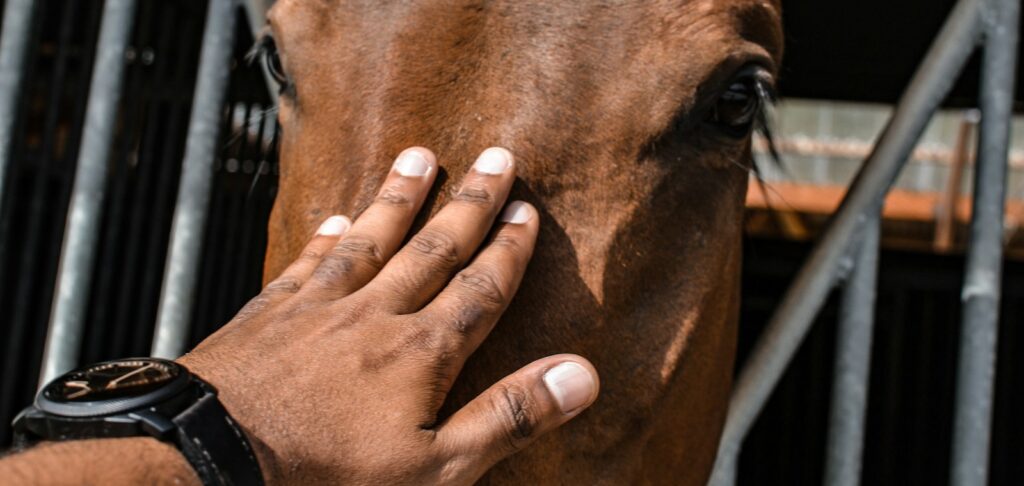Horses are magnificent creatures that require consistent care throughout the year to maintain optimal health and performance. Creating a comprehensive annual maintenance plan for your equine companion ensures that no crucial aspect of care is overlooked while distributing necessary procedures throughout the calendar in a logical manner. Unlike spontaneous care approaches, a well-structured yearly plan helps horse owners anticipate expenses, coordinate with veterinary and farrier professionals in advance, and adjust routines according to seasonal needs. This proactive approach to horse management not only promotes better health outcomes but can significantly reduce emergency interventions and associated costs. Let’s explore how to build an effective yearly maintenance plan that addresses all aspects of your horse’s wellbeing across the changing seasons.
Understanding the Importance of a Yearly Plan
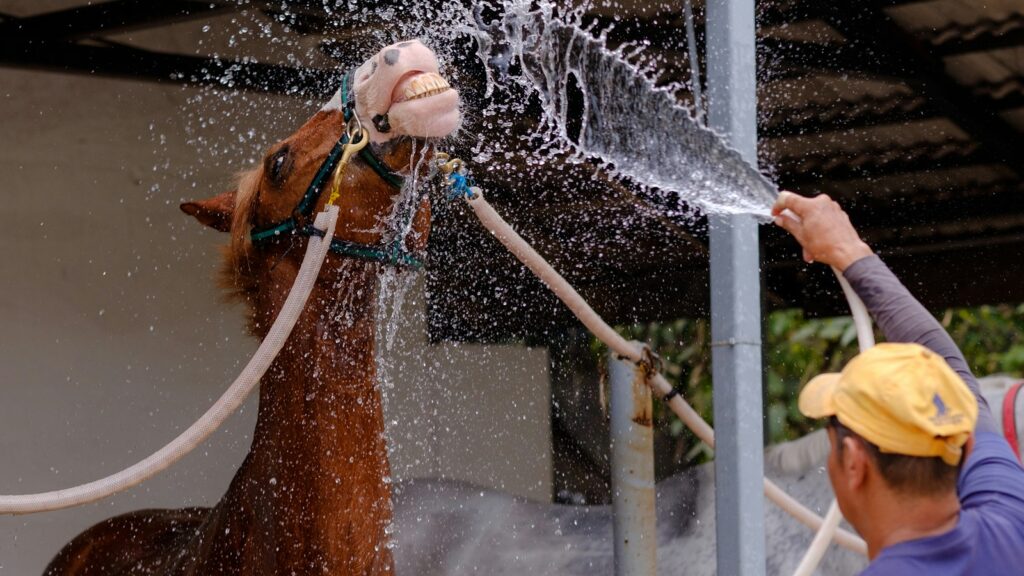
A yearly maintenance plan serves as a roadmap for your horse’s comprehensive care, ensuring that essential health procedures occur at optimal times. Without such a plan, important care components like dental work, vaccinations, or seasonal feed adjustments might be overlooked or performed at suboptimal intervals. This systematic approach allows you to coordinate scheduling with various equine professionals, including veterinarians, farriers, dentists, and bodywork specialists, who often book appointments weeks or months in advance. Additionally, spreading out maintenance procedures throughout the year helps distribute costs more manageably while ensuring your horse receives consistent attention to all health aspects. Most importantly, a well-executed maintenance plan helps identify and address minor issues before they develop into serious health concerns or performance limitations.
Assessing Your Horse’s Individual Needs

Every horse requires a personalized maintenance plan based on factors such as age, breed, discipline, environment, and existing health conditions. Senior horses typically need more frequent dental care, joint support, and metabolic monitoring compared to their younger counterparts. Performance horses engaged in intensive training regimens may benefit from more regular bodywork sessions, specialized hoof care, and nutritional adjustments to support athletic demands. Consider your horse’s living environment—horses in humid climates often need more vigilant parasite control and hoof maintenance than those in arid regions. Horses with existing health conditions like Cushing’s disease, insulin resistance, or chronic respiratory issues will require specific monitoring protocols and medication schedules incorporated into their maintenance plans. Consulting with your veterinarian to establish baseline health parameters for your individual horse provides the foundation for a truly effective maintenance schedule.
Organizing Your Calendar with Seasonal Considerations
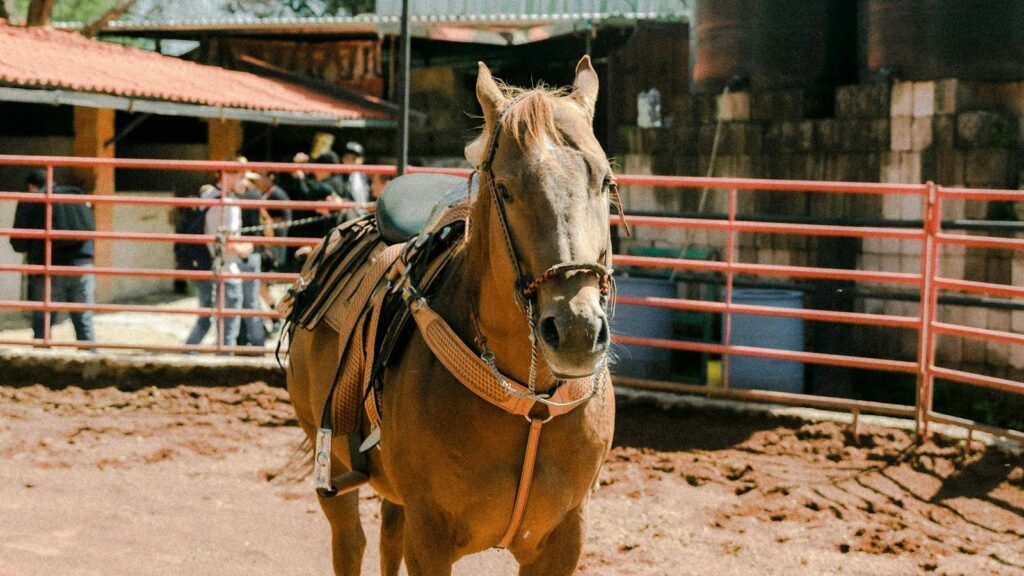
The changing seasons significantly impact horse care requirements, making a seasonally-organized maintenance calendar essential for comprehensive care. Spring typically marks the time for annual vaccinations, fecal testing, pasture management planning, and transitioning to spring grazing protocols to prevent digestive upsets. Summer maintenance often focuses on parasite control, managing heat stress, monitoring water intake, and adjusting exercise schedules to accommodate weather conditions. Fall presents the ideal opportunity for dental examinations, updating winter vaccination boosters, performing pre-winter weight assessments, and preparing living quarters for colder weather. Winter maintenance typically includes more frequent body condition scoring, adjusting feed rations to meet increased caloric needs, monitoring water consumption to prevent impaction colic, and addressing specific cold-weather challenges like frozen water sources. Aligning your maintenance plan with these seasonal rhythms creates a more intuitive and effective care schedule.
Establishing a Vaccination Protocol

Vaccinations form a cornerstone of preventative equine healthcare and should be strategically scheduled throughout your yearly plan. Core vaccines—typically including Eastern and Western Equine Encephalomyelitis, tetanus, West Nile Virus, and rabies—are generally recommended for all horses regardless of location or use. Risk-based vaccines, such as those for influenza, rhinopneumonitis, strangles, or Potomac Horse Fever, should be determined based on your horse’s exposure risk, travel schedule, and regional disease prevalence. Spring typically serves as the primary vaccination period, though some vaccines require biannual administration or boosters before specific high-risk seasons. Pregnant mares require special vaccination timing, particularly for rhinopneumonitis protection at months 5, 7, and 9 of gestation. Work with your veterinarian to develop a vaccination schedule that addresses your horse’s specific risk factors while considering how these injections might temporarily affect performance if you’re competing.
Developing a Strategic Deworming Schedule
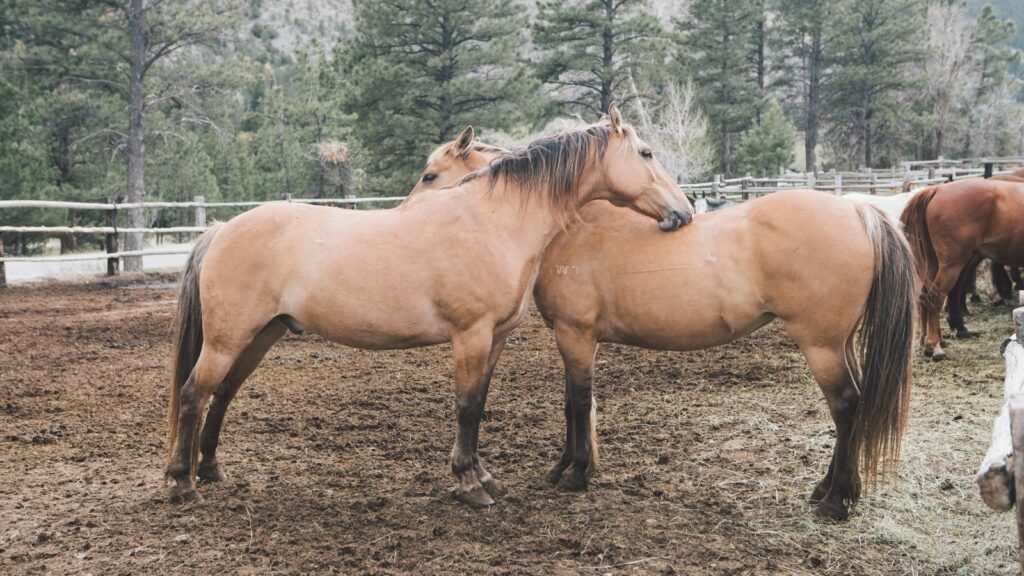
Modern parasite control has evolved beyond the outdated practice of rotational deworming to more targeted approaches based on individual parasite loads. Begin by establishing a baseline through fecal egg count testing, which identifies your horse’s parasitic burden and helps determine if they’re a low, moderate, or high shedder. Horses with low fecal egg counts may require deworming only 1-2 times annually, while high shedders might need 4-6 treatments strategically timed throughout the year. Schedule specific dewormers to target seasonal parasite threats—treating for bots in late fall after the first frost, tapeworms during spring and fall, and small strongyles before winter when they typically encyst in the intestinal lining. Environmental management plays a crucial role in parasite control, so incorporate pasture rotation, manure removal, and grazing management strategies into your yearly plan as complementary approaches to chemical dewormers. Regular fecal testing (typically 2-4 times annually) allows you to monitor the effectiveness of your program and make adjustments as needed.
Planning Regular Dental Care
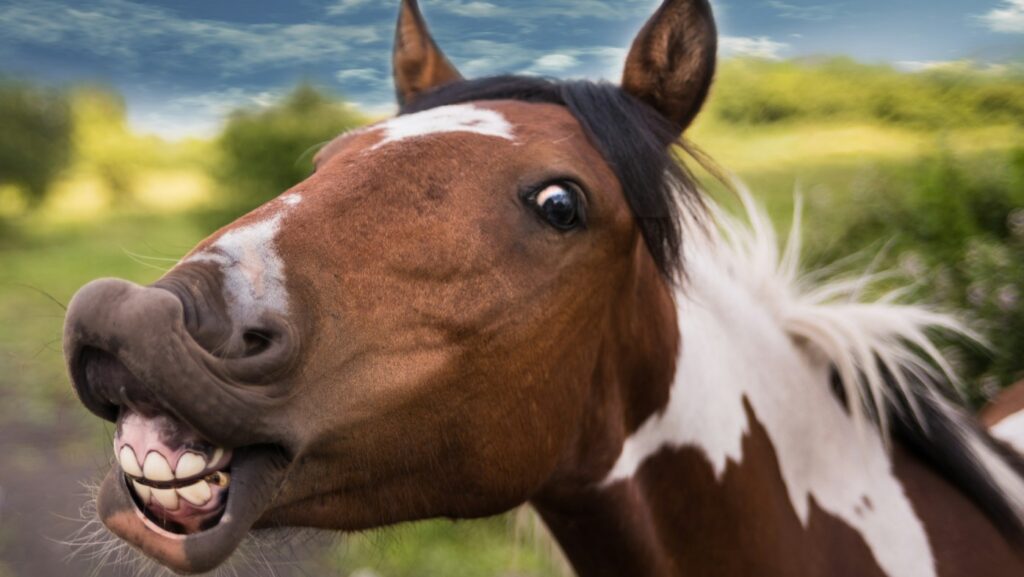
Equine dental care represents an often underappreciated yet critical component of a comprehensive maintenance plan. Schedule thorough dental examinations at least annually for adult horses with normal dentition, and twice yearly for senior horses or those with existing dental abnormalities. Young horses undergoing significant dental changes between ages 2-5 benefit from examinations every six months to address caps, wolf teeth, and developing malocclusions before they create training issues. Plan dental work during the off-season if you have a competition horse, allowing adequate recovery time before resuming intensive training. Consider timing dental procedures to occur approximately one month before periods of maximum nutritional demand (like winter in cold climates) to ensure your horse can efficiently process forage when calories matter most. Maintain detailed records of procedures performed, including which teeth were floated, whether any were extracted, and any unusual findings to track dental changes over time.
Scheduling Routine Hoof Care
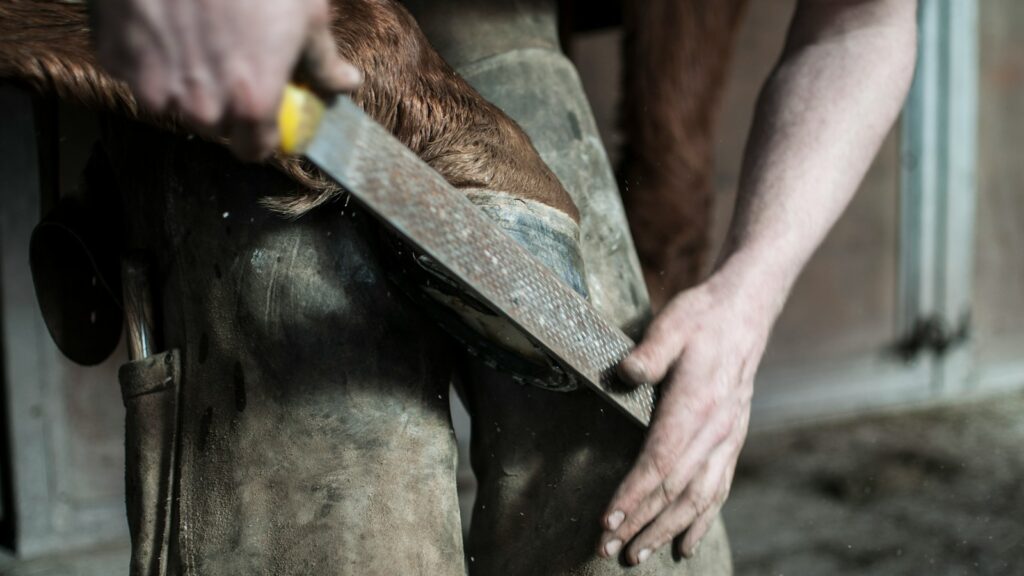
Consistent hoof maintenance forms the literal foundation of your horse’s health and requires careful scheduling throughout the year. Most horses require farrier visits every 4-8 weeks depending on hoof growth rate, use, and whether they’re shod or barefoot. Consider seasonal adjustments to your farrier schedule—many horses experience faster hoof growth during spring and summer months, potentially requiring more frequent trimming. Plan for potential seasonal shoeing changes, such as adding snow pads or studs for winter traction or transitioning to specialty shoes during competition season. Schedule more comprehensive hoof evaluations quarterly, where your farrier can assess balance, sole depth, wall quality, and overall hoof health beyond routine maintenance. Coordinate with your veterinarian for annual radiographs if your horse has a history of hoof pathology or to establish baseline images for future reference in performance horses.
Incorporating Bodywork and Alternative Therapies

Bodywork and complementary therapies can significantly enhance your horse’s physical wellbeing when strategically incorporated into your maintenance plan. Schedule routine equine massage, chiropractic, or osteopathic sessions at intervals appropriate for your horse’s workload—perhaps monthly for intense competition horses or quarterly for recreational mounts. Consider timing these sessions strategically before major competitions to optimize performance or immediately after to aid recovery. Plan for seasonal bodywork adjustments, such as addressing shoulder and back tension during spring when horses return to work after winter, or focusing on hindquarter support during fall hunting or jumping seasons. Maintenance therapies like acupuncture might be scheduled monthly for horses with chronic issues like heaves or arthritis, while therapeutic modalities such as laser therapy or electromagnetic treatments might be clustered during periods of rehabilitation. Create a coordinated approach by scheduling bodywork sessions a week after dental work or farrier visits when horses might develop compensatory tension patterns.
Creating a Seasonal Nutrition Plan

Nutritional requirements fluctuate throughout the year based on workload, weather, and forage availability, necessitating a seasonal approach within your maintenance plan. Schedule comprehensive nutritional reviews quarterly, coinciding with major seasonal transitions—spring grazing introduction, summer heat management, fall harvest feed changes, and winter supplementation strategies. Plan gradual feed transitions over 7-14 day periods whenever changing forage sources or introducing new concentrates to minimize digestive upset. Incorporate regular body condition scoring into your calendar—typically monthly for most horses and biweekly for easy keepers, hard keepers, seniors, or pregnant/lactating mares. Schedule hay testing with each new batch of hay, allowing time to reformulate rations based on the analytical results before depleting your previous supply. Plan for seasonal supplementation changes, such as adding electrolytes during summer work, increasing vitamin E when fresh pasture is unavailable, or adjusting fat sources based on temperature and workload.
Planning Performance Evaluations and Fitness Assessments

Regular evaluation of your horse’s performance capacity, movement quality, and fitness level provides valuable benchmarks within your yearly maintenance plan. Schedule formal fitness assessments quarterly, tracking parameters such as recovery heart rates, respiration during standardized exercise tests, or speed/endurance metrics appropriate to your discipline. Plan video movement evaluations biannually from multiple angles at different gaits to document subtle changes in movement patterns that might indicate developing physical issues. Consider scheduling professional training evaluations with your instructor to assess progress, identify developmental areas, and adjust training goals within the context of your horse’s health status. Incorporate specific fitness goals into your calendar, such as spring conditioning phases, summer peak performance periods, fall maintenance work, and winter active rest or foundational training. These regular assessments help detect subtle performance declines that might indicate emerging health issues requiring veterinary investigation.
Managing Health Records and Documentation

Effective record-keeping forms an essential component of your yearly maintenance plan, providing continuity of care and tracking important health trends. Create a centralized system—whether digital or physical—for recording all health procedures, observations, and professional recommendations regarding your horse’s care. Schedule monthly record updates to document weight tape measurements, body condition scores, medication administration, and any health anomalies observed between professional visits. Photograph your horse from standard angles quarterly to visually document body condition changes, muscle development, and coat quality throughout the seasons. Maintain detailed vaccine records including specific products used, lot numbers, administration sites, and any reactions observed to inform future vaccination decisions. Consider using a shareable electronic system if multiple caretakers manage your horse, ensuring everyone has access to critical health information and maintenance schedules.
Budgeting for Annual Care Expenses

Financial planning represents a practical yet vital aspect of your yearly maintenance schedule, allowing you to distribute costs strategically throughout the calendar year. Estimate annual core expenses including veterinary care (approximately $1,500-2,500), farrier services ($1,000-3,000 depending on shoeing needs), dental work ($200-600), and routine supplements or medications your horse requires. Schedule more expensive procedures during months with fewer competing financial obligations or consider veterinary wellness plans that distribute payments monthly. Build a contingency fund for unexpected health issues, typically 20-30% beyond your planned maintenance budget, to ensure you can address emergencies without compromising routine care. Research potential cost-saving opportunities like group veterinary visits, bulk supplement purchases with other boarders, or early payment discounts some professionals offer when scheduling annual services in advance. Update your budget quarterly to reflect actual expenditures and adjust future projections based on your horse’s evolving health needs.
Adjusting Your Plan for Life Stages
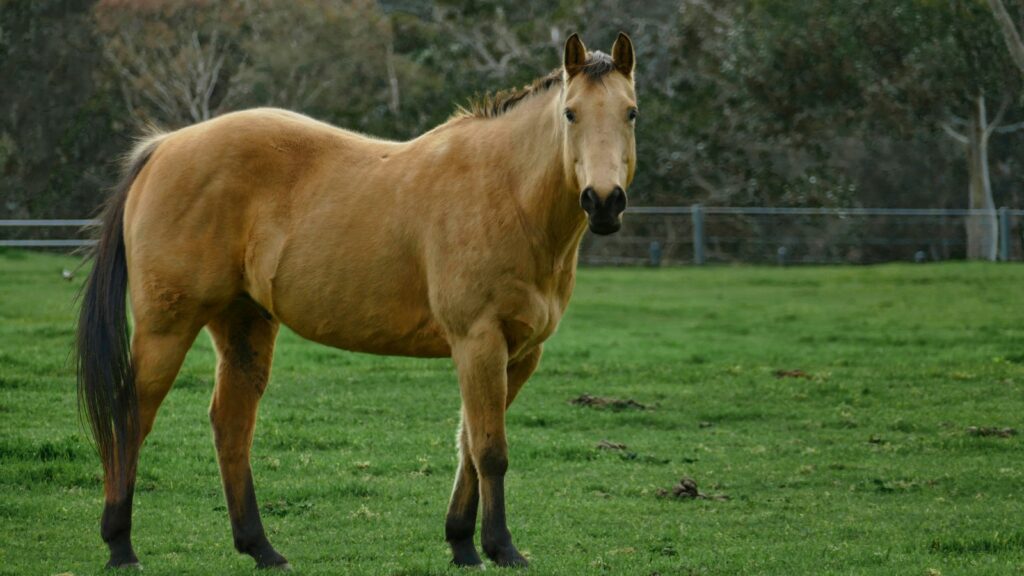
Your maintenance plan should evolve as your horse progresses through different life stages, each presenting unique health considerations and care requirements. Young horses (2-5 years) require more frequent developmental assessments including radiographs of growth plates, evaluation of conformational changes, and careful monitoring of nutritional adequacy for proper development. Performance horses in their prime (6-15 years) benefit from more intensive fitness monitoring, joint maintenance protocols, and strategic rest periods scheduled around competition seasons. Broodmares need specialized care schedules organized around their reproductive cycle, with specific protocols during pre-breeding, pregnancy, foaling, and lactation phases. Senior horses (typically 18+ years) require more vigilant health monitoring including biannual blood work to assess organ function, more frequent dental care as teeth wear irregularly, and careful nutritional management to maintain weight despite decreasing digestive efficiency. Review and revise your maintenance plan annually or whenever your horse transitions to a new life stage to ensure it remains optimally suited to their current needs.
Implementing and Refining Your Plan

Successfully executing your maintenance plan requires both diligent implementation and willingness to refine your approach based on outcomes and changing circumstances. Begin by creating a comprehensive annual calendar with color-coded categories for different maintenance aspects, setting automated reminders for upcoming procedures at least two weeks in advance. Schedule quarterly reviews of your maintenance plan effectiveness, evaluating whether health goals are being met and identifying areas requiring adjustment. Establish communication protocols with your veterinarian, farrier, and other care providers to ensure coordinated care approaches and timely sharing of observations or concerns. Consider joining forces with fellow horse owners to schedule group visits from specialists, potentially reducing farm call fees while creating accountability for maintaining your schedule. Remember that even the most carefully crafted maintenance plan requires flexibility—be prepared to adjust timing or approaches based on your horse’s response, emerging research, or changing environmental conditions while maintaining commitment to the core principles of comprehensive preventative
Conclusion

Creating an effective yearly maintenance plan for your horse represents a significant investment of time and thought, but pays tremendous dividends in improved health outcomes, reduced emergency interventions, and more strategic resource allocation. By methodically addressing each aspect of equine care—from preventative medicine to nutrition, hoof care, dentistry, and performance management—you establish a proactive approach that anticipates your horse’s needs through different seasons and life stages. The true value of such a plan lies not merely in following a calendar of tasks, but in developing heightened awareness of your horse’s baseline condition, allowing you to detect subtle changes that might indicate emerging issues. With consistent implementation and periodic refinement, your yearly maintenance plan becomes a living document that evolves alongside your relationship with your equine partner, supporting many years of health and enjoyment together.

